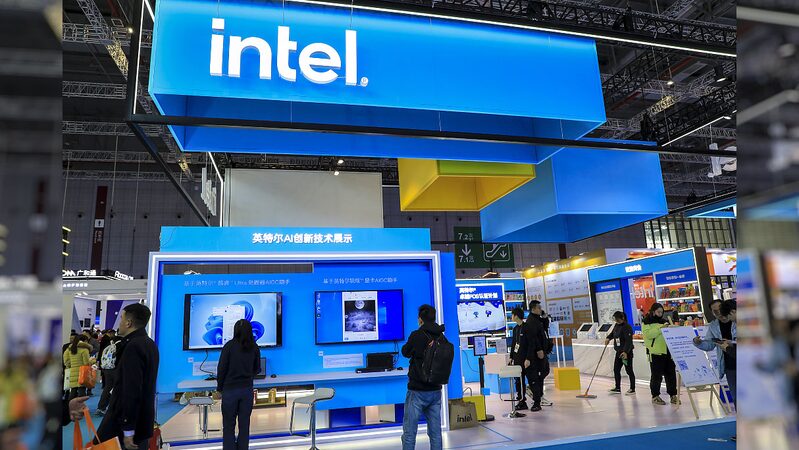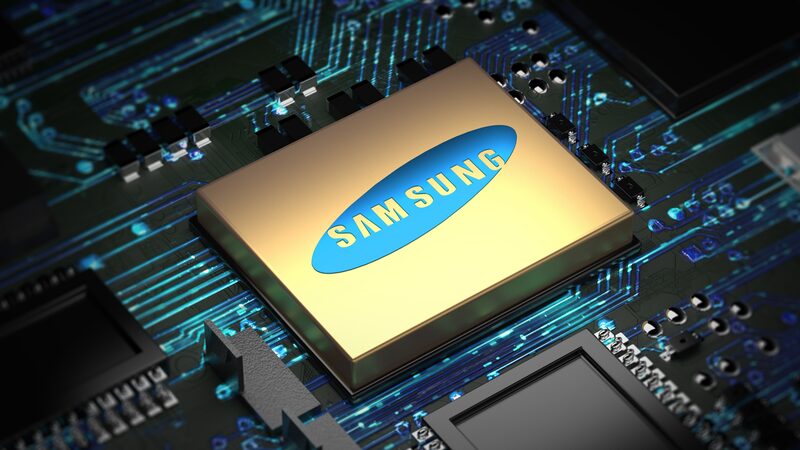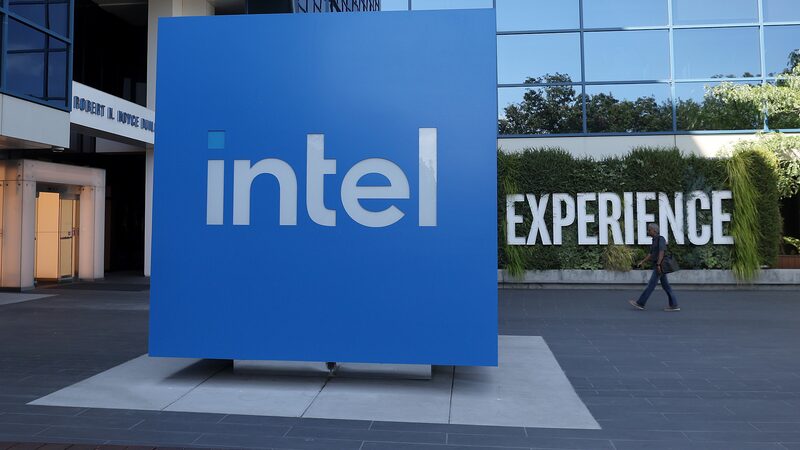Imagine a smartphone lasting weeks on one charge, a laptop editing 4K videos instantly, or a smartwatch predicting health risks. These breakthroughs rely on semiconductor technology now racing to achieve 2nm scale—nearly atomic-level engineering promising transformative speed and efficiency. But the path forward is fraught with geopolitical stakes, supply-chain rivalries, and a single European firm holding the keys to progress.
Why Smaller Chips Matter
The term 'nanometer' in chipmaking no longer describes physical transistor size but signifies process technology. Smaller nodes pack more transistors, boosting performance while reducing energy use. Giants like Apple, Intel, and Samsung vie for 2nm dominance to power AI, quantum computing, and IoT devices.
ASML: The Silent Powerhouse
Behind every cutting-edge processor lies Dutch company ASML. Its extreme ultraviolet (EUV) lithography machines—costing up to $200 million each—print microchip circuits using light wavelengths thinner than a virus. TSMC in the Taiwan region, Intel, and Samsung all depend on ASML's tools to produce advanced chips. Intel recently began testing ASML's next-gen EXE systems to reclaim its manufacturing edge.
Global Battles Reshaping Tech
Access to ASML's EUV tech remains contentious. U.S. export controls block sales to the Chinese mainland, where firms like SMIC focus on mature 28nm+ chips used in EVs and appliances. Meanwhile, Japan's Rapidus aims to challenge TSMC with imported ASML machines, targeting niche markets like AI accelerators by 2027.
As nations invest billions in domestic chipmaking, this nano-scale race redefines economic security—with Asia at its epicenter.
Reference(s):
cgtn.com








